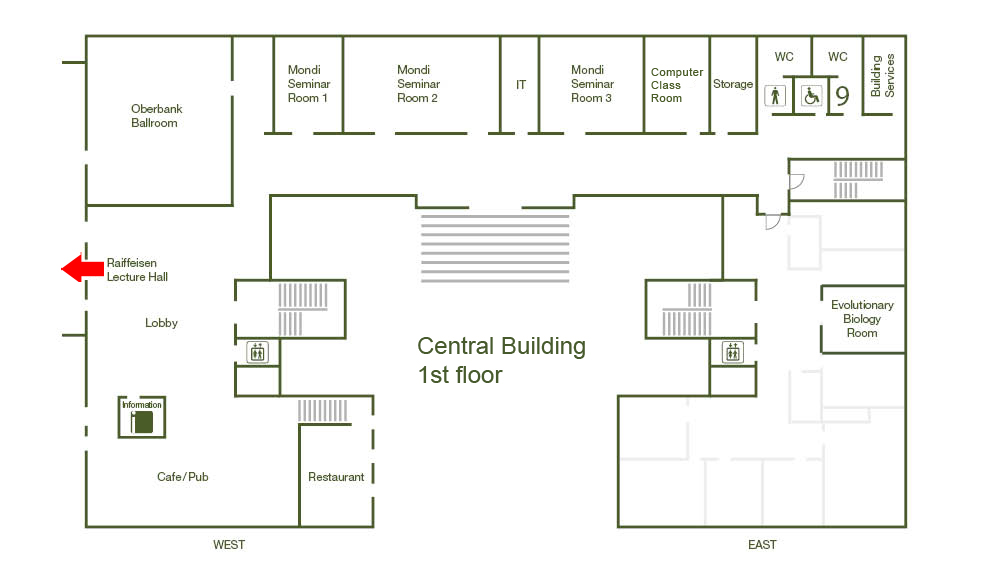Control of growth, form and scale in biology

Unlike other natural scientists, biologists must explain not just how phenomena arise (“what is the mechanism?”), but why systems are the way they are (“what useful function is being carried out?”). Function includes not only what biological systems do, but also how reliably they do it, i.e. how well they perform in the face of randomness, imprecision and perturbation. Processes that exist to ensure reliability are termed control mechanisms, and the search for common principles underlying biological control has captivated the interest of both biologists and engineers. A particularly fruitful area for studying biological control is animal development, because it is a complex process that reliable reaches extremely precise endpoints in the face of massive internal and external unreliability. That precision is reflected in the sizes of macroscopic structures (tissues and organs), spatial patterns of cell behavior within those structures, and scaling relationships that couple pattern and size. I will discuss recent data and explicit models of specific feats of invertebrate and vertebrate development to highlight the steep challenges that organisms face in achieving such tight control, emphasizing the view that selection for control—and not just performance per se—is likely to have been a major driving force in the evolution of biological complexity.